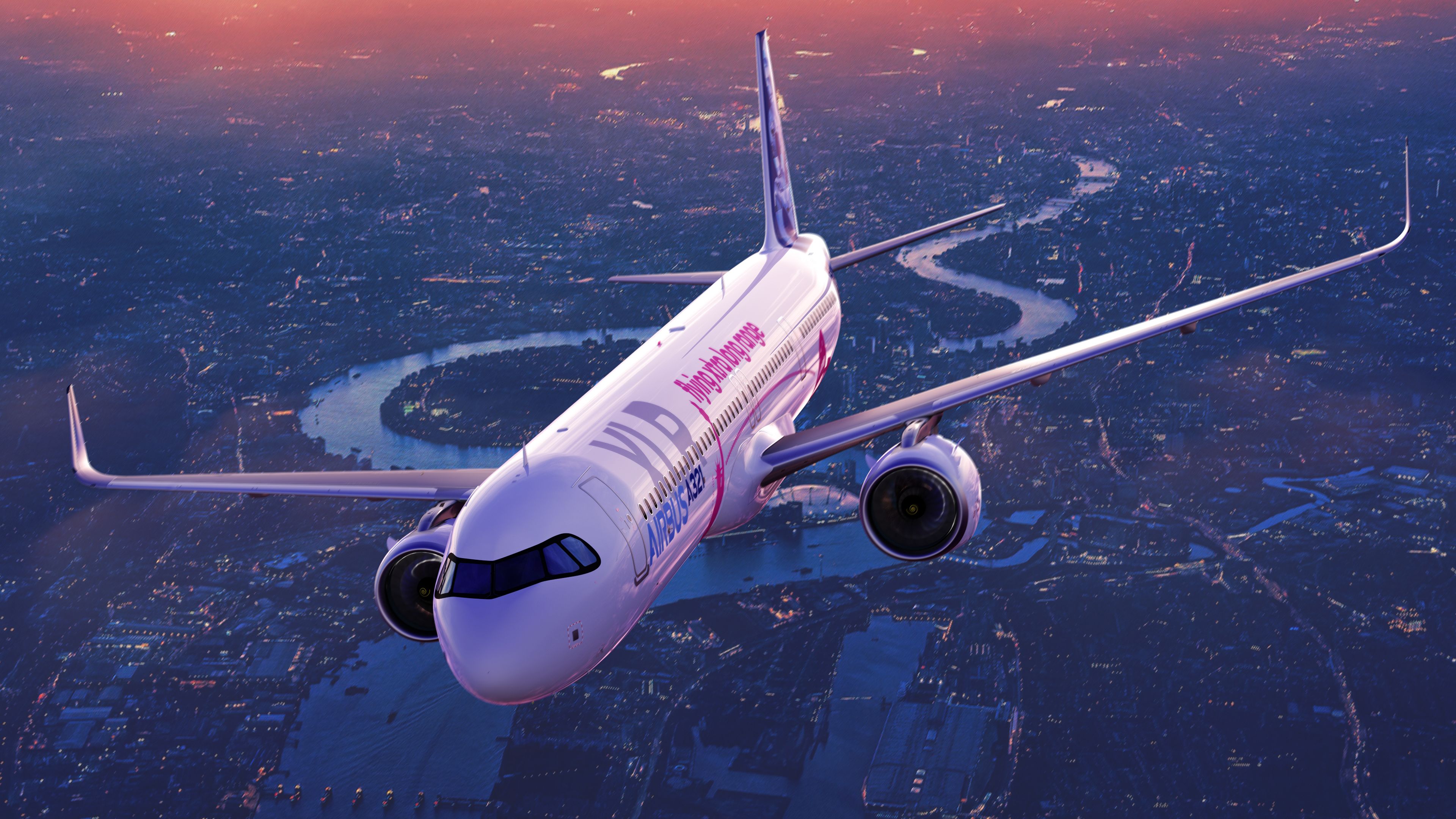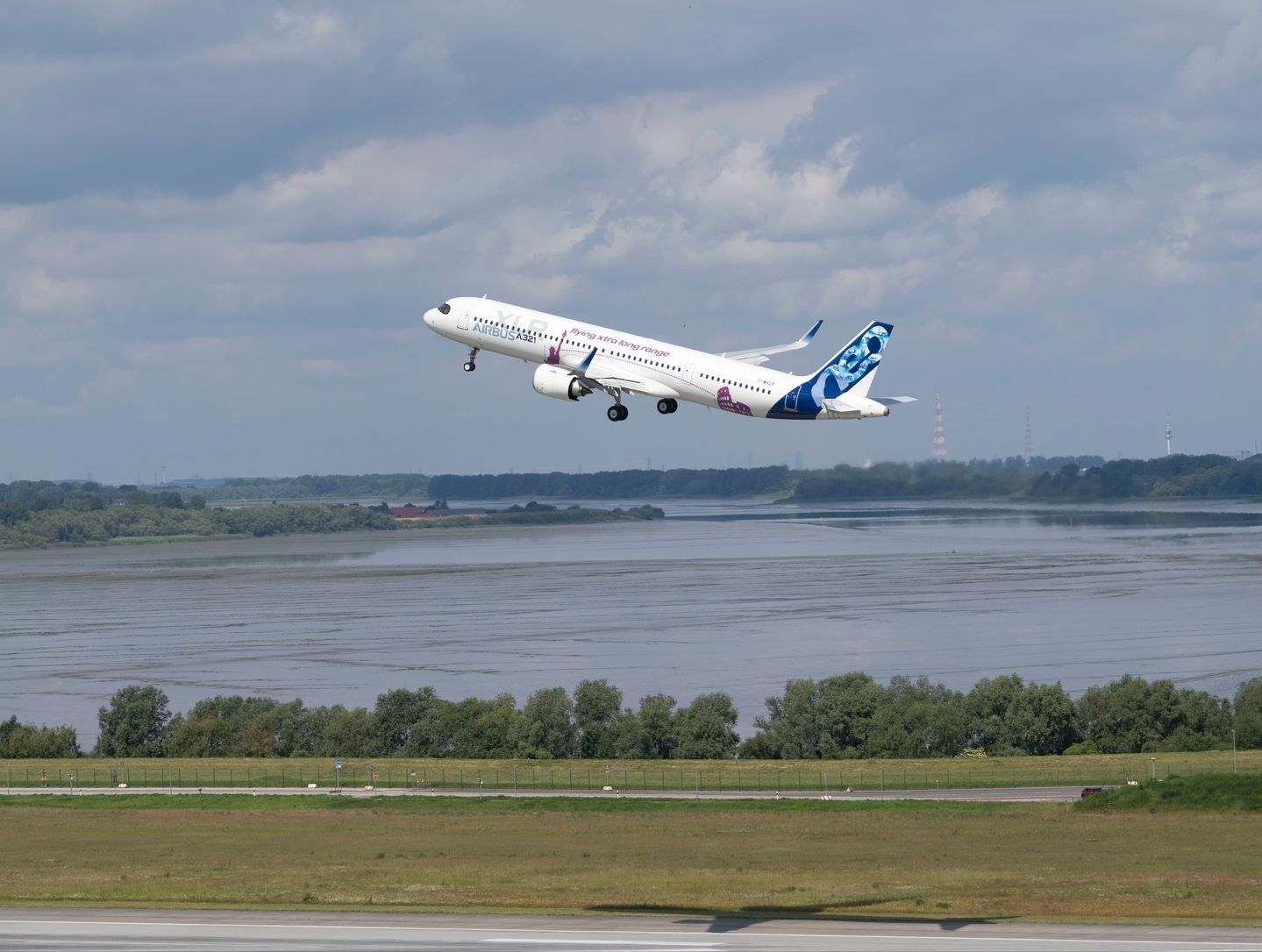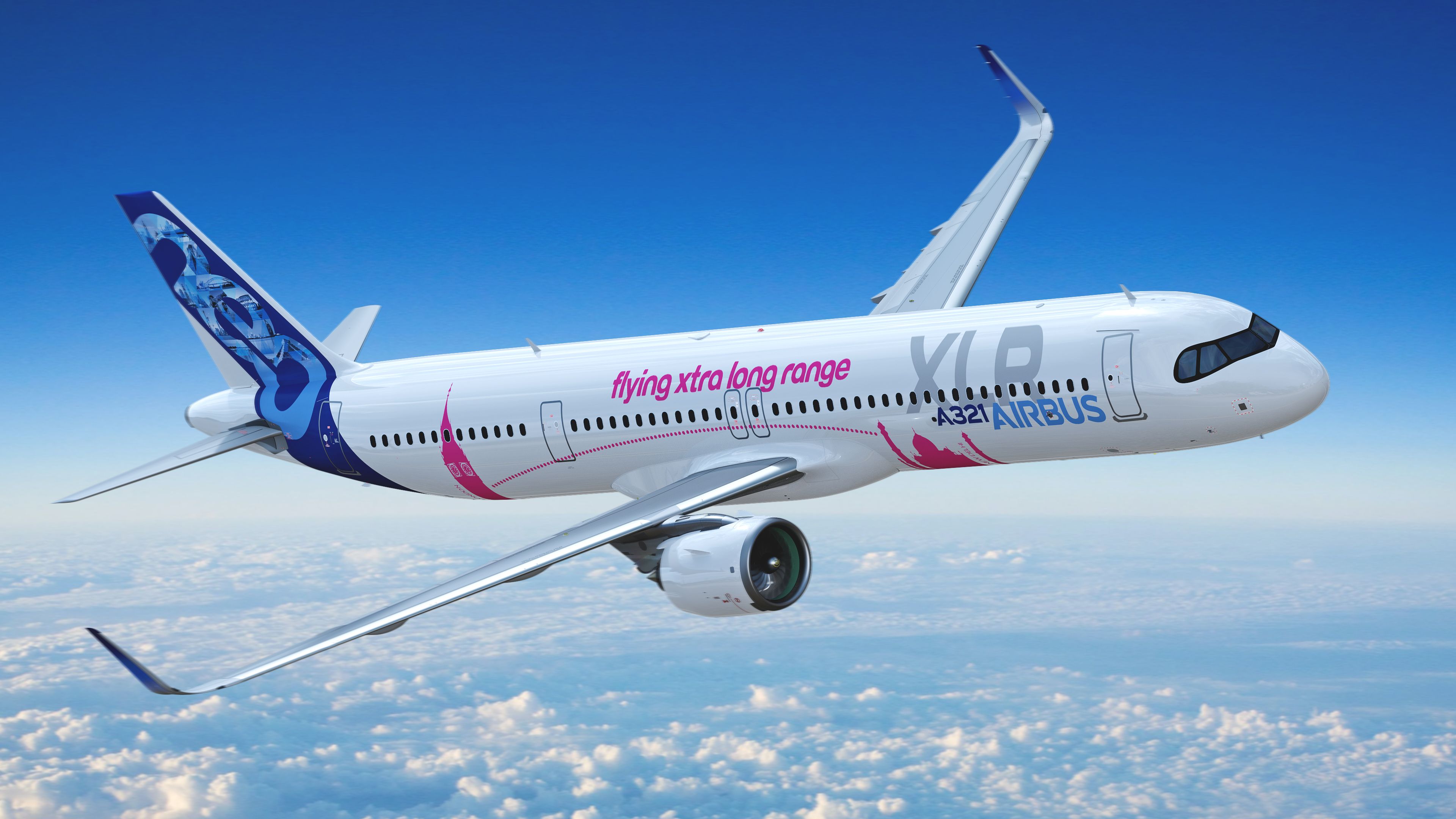Summary
- Airbus and European regulators have agreed on design modifications for the A321XLR, which could reduce its range by up to 200 nautical miles.
- The A321XLR, with a range of 4,700 nautical miles, has attracted more than 500 orders from customers globally and could open up new route possibilities.
- Concerns about fire risk and evacuation times led to the design modifications, but Airbus expects no significant impact on the A321XLR's unique range advantage.
The range of the Airbus A321XLR could be reduced up to 200 nautical miles (370 kilometers) following an agreement between Airbus and European regulators on design safeguards needed to achieve certification.
The appeal of the XLR
The Airbus A321 Xtra-Long-Range has been a successful, although not-yet-launched, program for the European manufacturer due to its appealing concept. Airbus is designing a narrowbody plane that can cover widebody distances, flying up to 4,700 nautical miles or 8,700 kilometers, which opens a world of possibilities in terms of new routes. A321XLR orders stand at more than 500 from over 20 customers globally. Icelandair was the latest.
Qantas could fly from Sydney non-stop to Hong Kong, Bangkok, Phuket, Singapore, and Jakarta; Icelandair could launch flights from Keflavik International to San Francisco, Los Angeles, and Miami. American Airlines could launch narrowbody non-stop services from Miami to cities such as Santiago de Chile, Dublin, Manchester, Belo Horizonte, and more, to name a few of the airlines’ examples. But the recent news could very much impact these plans.
Reducing the range of the A321XLR
On Friday, Reuters revealed Airbus and European regulators recently reached an agreement to modify the design of the new fuel tank, which would give the aircraft the needed juice to fly longer distances. The modifications include adding a special protective liner to the fuel tank and other reinforcements, which could add as much as 800 kilograms to the plane's weight.
This would trim the A321XLR’s maximum range, reported Reuters. Airbus currently states the range to be 4,700 nautical miles, but with these modifications, it could be closer to 4,000 in normal operations.
“Airbus expects no significant impact on the XLR’s unique range advantage in the single-aisle segment,” an Airbus spokesperson told the news agency.
Employing Cirium’s database, there are currently 379 routes globally that fall between 4,000 and 4,800 nautical miles (or 4,600 and 5,523 miles). Obviously, not all of these routes would qualify to be served with Airbus’ A321XLR, nor do all the airlines that fly these routes have standing orders for the aircraft model. Here are some of the more popular routes under these ranges:
- Los Angeles-London Heathrow. Distance: 5,456 miles or 4,741 nautical miles.
- Madrid-Bogota. Distance: 4,992 miles or 4,337 nautical miles.
- London Heathrow-Seattle: distance 4,801 miles or 4,171 nautical miles.
- New York JFK-Athens: distance 4,941 miles or 4,293 nautical miles.
- Vancouver-Tokyo: distance 4,674 miles or 4,061 nautical miles.
- Sao Paulo-Mexico City: distance 4,612 miles or 4,007 nautical miles.
What’s behind the A321XLRs' increased range?
To have the increased range, Airbus designed an enlarged center wing tank and a new permanent Rear Center Tank (RCT) to carry more fuel. This tank is fully integrated into the aircraft fuselage’s primary structure. The A321XLR has a fuel capacity of up to 8,700 US gallons (32,940 liters). Nonetheless, this design raised concerns in Europe about the risk of fire and evacuation times in the event of an accident. This led to an agreement between both parties.
Do you think the A321XLR loses its appeal if its 4,700 nautical miles range gets shortened? Let us know in the comments below.
Source: Reuters.
Get the latest aviation news straight to your inbox: Sign up for our newsletters today.



